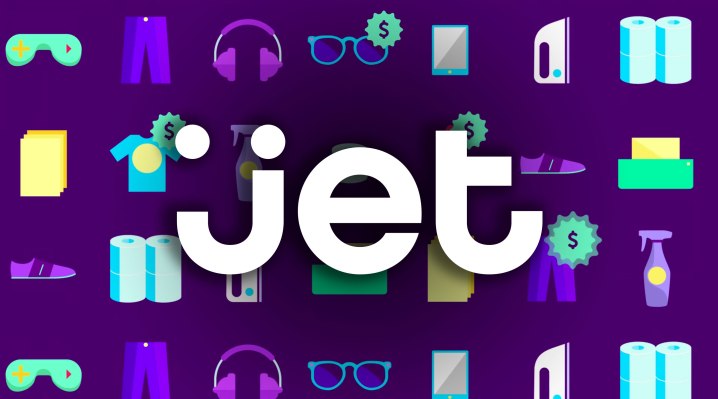Walmart Stores is buying Jet.com in a deal worth $3 billion dollars according to a source with direct knowledge of the deal, confirming reports that have been pouring in about the bid for Jet.com all week.
According to our source the signatures for the deal were dry on Friday and will be announced as early as Monday morning — echoing what was reported in both Bloomberg and Recode.
The deal for Jet.com comes as big brand companies and retailers are trying to shore up their defenses against an all-out assault on their business from Amazon.com.
From its launch in 2015 Jet.com set itself up to be an Amazon killer. The company was founded by Marc Lore, who sold his previous business, Quidsi, to Amazon for $545 million.
The operator of sites Diapers.com, Beauty.com, and Soap.com, Quidsi was part of an Amazon buying spree that included the retailer Zappos.com and Woot and established the online retailer as a huge competitor in sales of both clothing and consumer packaged goods.
Now, brands and the biggest box stores are fighting back with their own billion dollar acquisitions.
One of the reasons that Unilever bought Dollar Shave Club in last month’s big dollar consumer deal was to compete with the looming threat of Amazon… and Walmart faces similar pressures.
The deal is a nice payday for Jet.com investors who had committed more than $800 million in financing into the company. Investors like Accel, Bain Capital Ventures, NEA, General Catalyst Partners, Norwest, Goldman Sachs, and others all stand to gain substantially from the Walmart acquisition.
But the biggest winner of all may be Lore himself. With a 25% stake in the company Lore stands to make as much as $750 million from the sale. As well as take the helm of the ecommerce site of commercial retail’s largest player. A company that raked in over $15 billion in profit last year. Such a large payout sends a strong message from Walmart about Lore’s expected value-add to the brand.
Since its launch, the company had grown furiously, but its growth was coming at a steep price. According to the report in Recode the company was spending $20 million to $25 million on marketing to fund its growth.
Indeed, Jet.com’s CEO even noted at the time that the fundraising environment for his company had become “tough”. And the company’s own public statements indicated that it wouldn’t be reaching profitability until at least 2020.
Even as Walmart latches on to Jet — and its superstar e-commerce CEO — as a potential savior for its online sales woes, it may be looking in the wrong direction.
As our own Sarah Perez reported last year, Jet has not made much of a dent in Amazon or eBay sales:
… if Jet’s strategy is to lure customers away from Amazon, that, so far, has not happened… they’re not yet seeing any cannibalization of Amazon or eBay sales at this time. In other words, people are buying on Jet, but their purchase rate remains consistent on Amazon and eBay. That could mean that Jet is succeeding instead in gaining customers who would have otherwise bought products via other discount marketplaces, like Costco or Sam’s Club, for instance.
Notably, Jet.com started with membership fees similar to Amazon Prime. Prime has been a knock-out for Amazon with some predicting the company has over 54 million Prime members in the US. Despite Amazon’s proven success monetizing e-commerce with a membership strategy, Jet.com ditched memberships and instead focused cutting prices for all.
While a savings strategy would add depth to the brand image of most other retailers, Walmart is already well known for its mantra of “Always Low Prices.” A Jet.com acquisition doesn’t inspire confidence that Walmart will suddenly become more well known for savings. And even if it did, low prices don’t seem to be enough to fix Walmart’s e-commerce woes.
Despite having a brand synonymous with savings, Walmart has seen five straight quarters of declining online sales growth. The millennial user-base of Jet.com has the potential to add a spark to Walmart’s current brand image, but it’s unclear the degree to which such an effort differs from prior investments made by Walmart Labs in big data, open source, and cloud services.
If the strategy is just to throw punches at Amazon, Walmart has targeted the company’s users with new grocery services, faster delivery, and Walmart Pay. The company even wants to use drones inside its warehouses. Alternatively, for the Jet.com acquisition price, Walmart could have broken from the path of its rivals and bought five million Oculus Rift headsets to put users in a virtual reality capitalist paradise.
